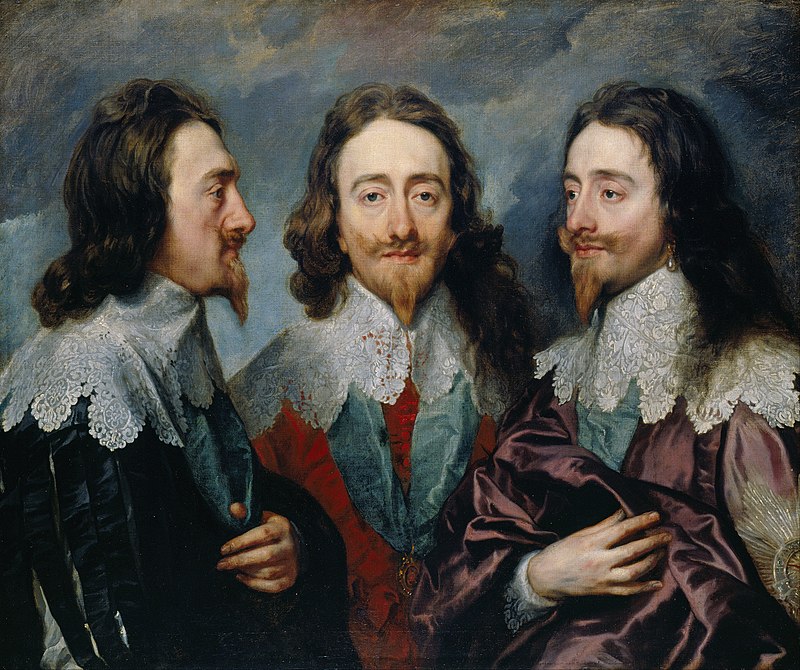
Anthony van Dyck, Charles I in Three Positions, 1635-1636. Oil on canvas. Royal Collection.
Reader question: “Why are portraits so important in art history? And even in museums today, some which are dedicated to portraits (like the National Portrait Gallery in London)? To me, portraits are not aesthetic or interesting, so I’m interested in your opinion on what we could appreciate about them.”
Why are portraits important? I guess it depends on how you define ‘important’, but as you said, it’s obvious that portraits are a staple of art history, with entire museums dedicated to them. Within European art history, portraits are one of the genres within the hierarchy of genres, and elsewhere, portraits have more or less always existed as representations of people from real life.


